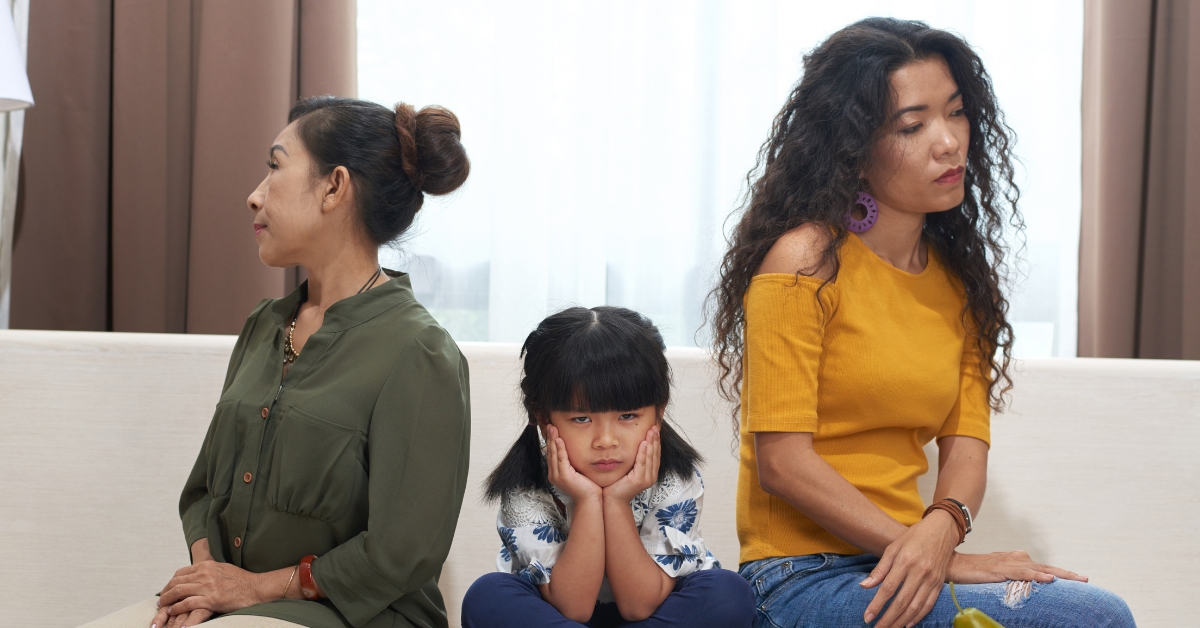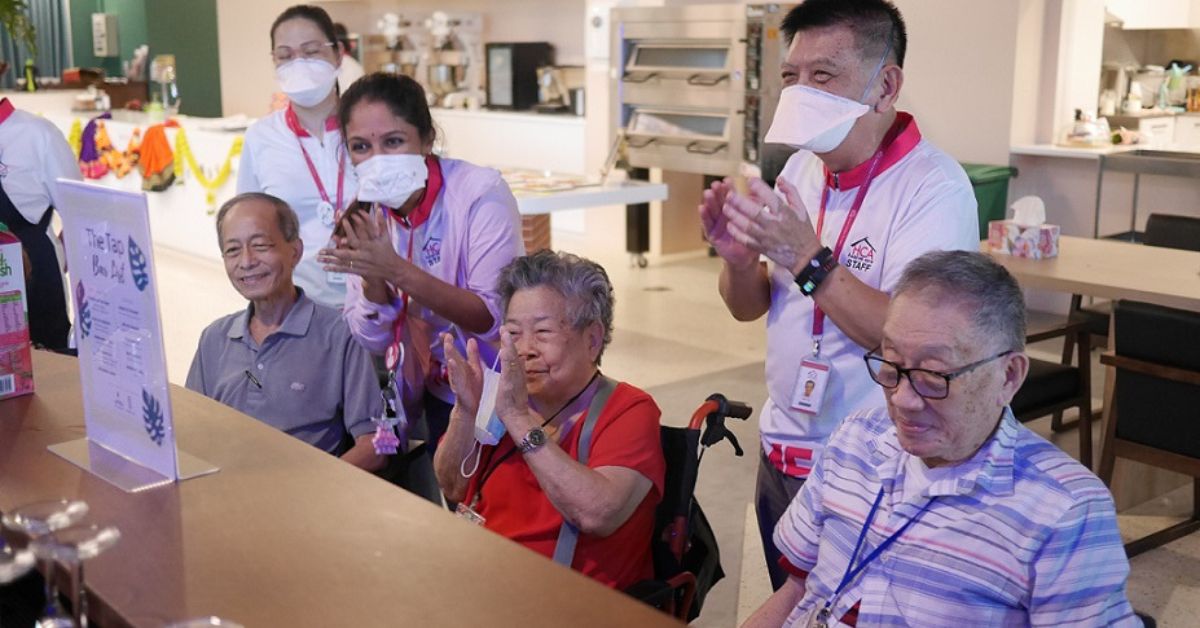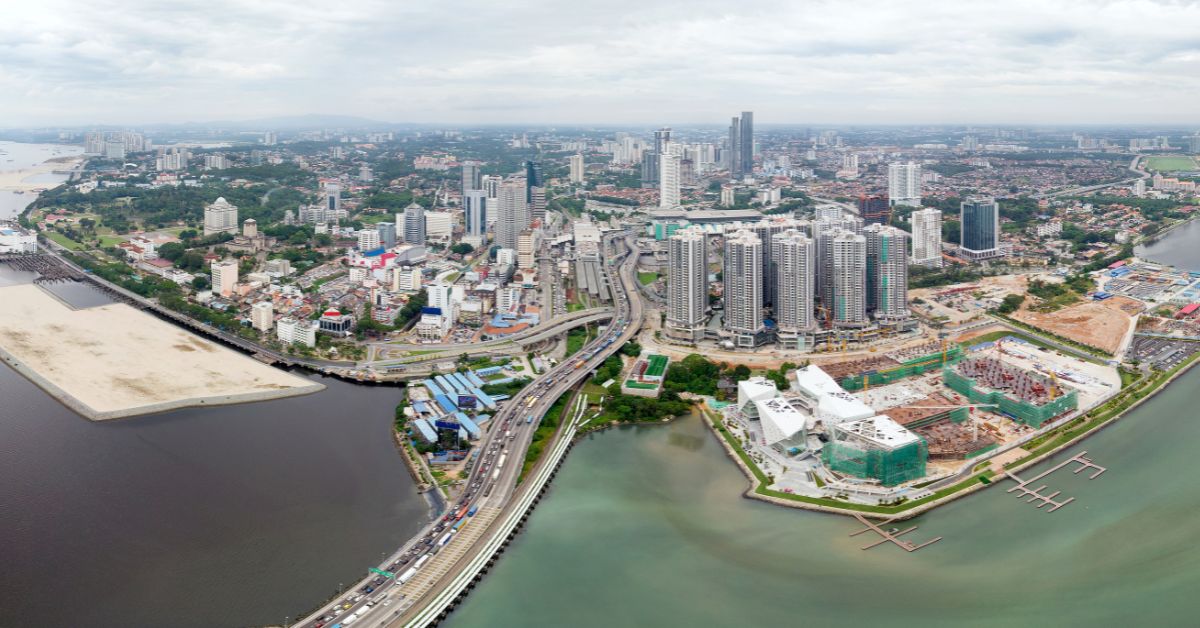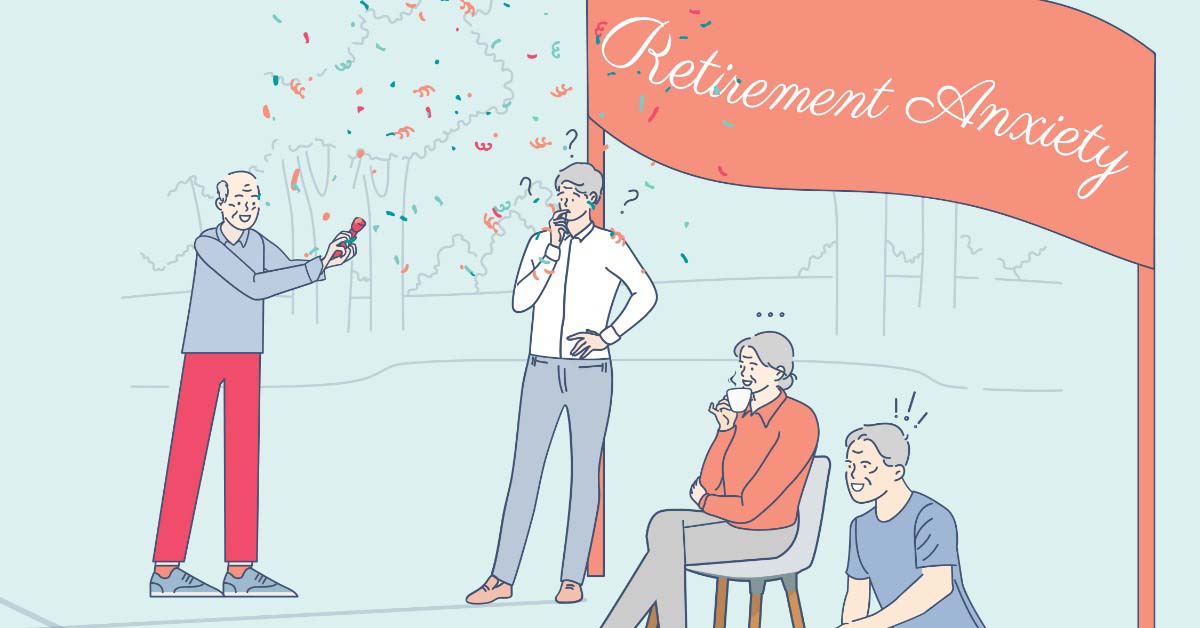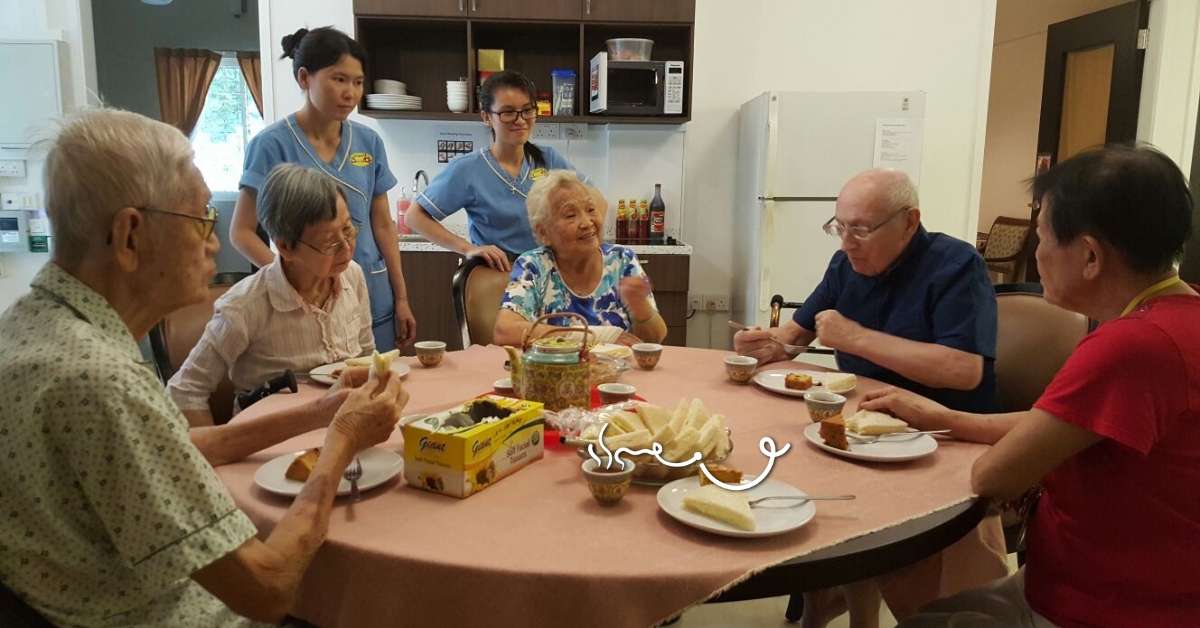
By Lim Fang Howe
Small-scale assisted living arrangements are becoming increasingly common for Singapore’s growing cohort of the aged and alone. Though not yet commonplace, these micro-communities cater to an emerging population of solo seniors with developing care needs and yet, the desire to remain as independent as possible.
There’s the government-sanctioned and constructed – think intergenerational hubs like Kampung Admiralty, as well as the senior-focused Community Care Apartments sprouting up around the island – and the smaller, ground-up outfits like Red Crowns Senior Living and St Bernadette Assisted Living, which make do with retrofitted residential spaces already within the community.
Regardless of backing or size, these emerging micro-communities cater for the missing middle between the silvers who are retirement-ready and fully independent, and the silvers who need a high level of supervision and help with multiple activities of daily living, like showering or putting on clothes.
It’s a missing middle that will only continue to grow, though perhaps as a function of Singapore’s greying society. The Ministry of Health 2023 Action Plan for Successful Ageing states that by 2030, an estimated 100,000 seniors in Singapore will require help with at least one activity of daily living.
The same report also estimated that 83,000 seniors will be living alone, underscoring another latent benefit of the new age of micro-communities – organic and frequent social interaction, seniors caring for other seniors, and perhaps the chance to bring some of that beloved kampung spirit back into the big city.
When my father-in-law's health started to decline, we turned to home-based elderly care with nurses making daily visits. However, we soon realised it didn't fully address his needs.
Mdm Ho, a 58-year-old business owner who declined to give her full name for this piece, says,
Due to his physical limitations, he was largely confined to our home. He'd sit in front of the television for hours, complaining about feeling bored and lonely. While the nurses provided necessary care, they couldn't alleviate his social isolation,
she continues.
Advertisement
An inside look at one of Singapore’s micro-communities
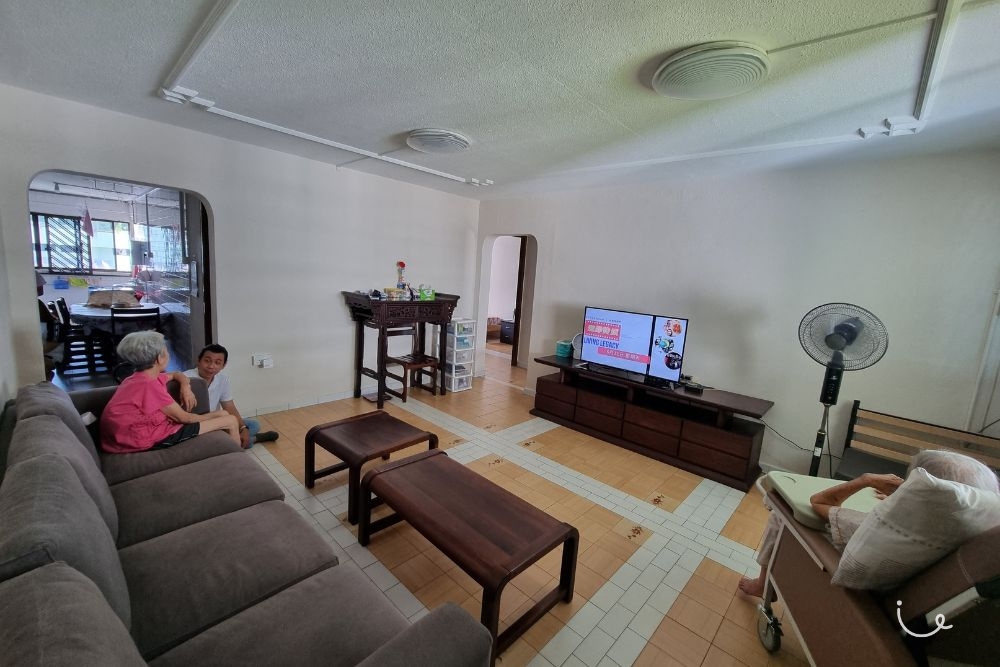
One prominent example of a senior micro-community in Singapore is St Bernadette Lifestyle Village, which currently operates nine “villages” islandwide. The assisted living facility operator started back in 2015 with a single retrofitted landed property, and has since expanded its services to include an intergenerational social club in Joo Chiat as well as an interactive senior living experience on the campus of Temasek Polytechnic.
We visited the operator’s original Bukit Timah facility to get a better look at how these micro-communities operate.
Shwe Zin, one of three nurses working there, tells us that there are only nine residents – meaning a ratio of one nurse to three seniors each. This affords staff a level of attention, which would be hard-pressed to replicate at a busier nursing home (where staff ratios vary depending on the level of care needed; seniors with lower needs usually go eight residents to one nurse).
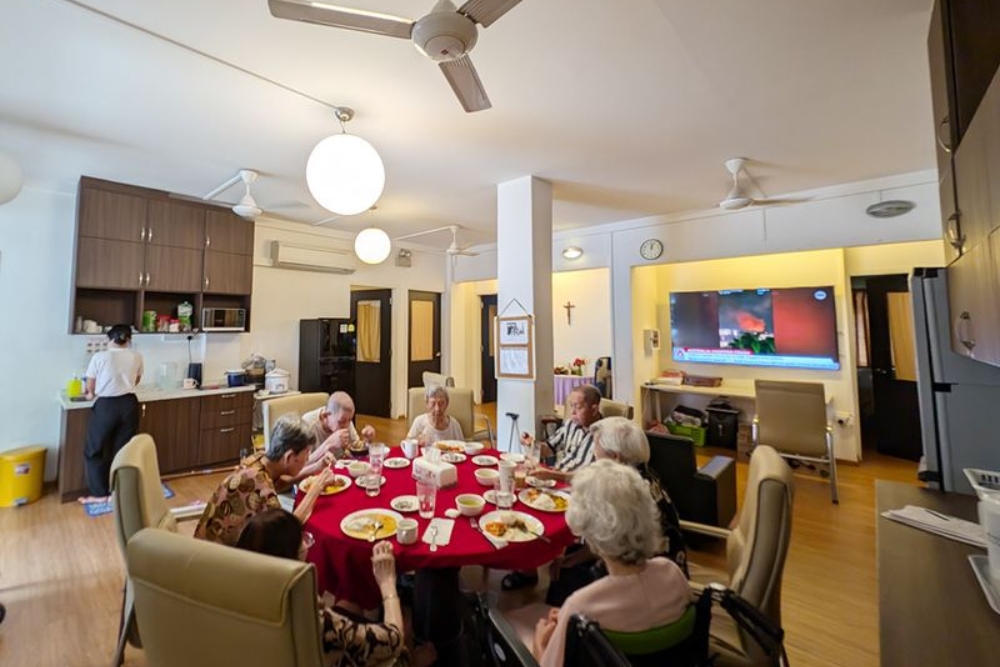
Credit: St Bernadette Lifestyle Village
The intimate setting of the small-scale assisted living facility also helps seniors to make deeper, more personal friendships. Residents share meals at the dining room, and make conversation organically throughout the day at communal living spaces like the living room or games room.
A big price for small-scale assisted living
Although micro-communities address a critical gap in the market, the personalised nature of care comes at a price.
For many middle-income families, monthly fees going for upwards of $4,600 a month (for St Bernadette Lifestyle Village) remain out of reach without significant subsidies or financial assistance programmes.
In comparison, nursing homes and in-home nurses typically start at around $2,000, before subsidies – though of course, you’ll have to contend with longer queues for the former.
After all, everyone is jostling for that same ever-shrinking pool of nursing staff. To make things worse, the scale of small senior assisted living facilities means that they often won’t be able to offer the same wages, career progression and work-life balance as larger healthcare companies, while demanding both nursing skills and the ability to manage social events.
As Melvin, a nurse from the nearby Good Shepherd Loft (who declined to share his full name), puts it, commitment to providing care is what’s really driving the staff at many smaller outfits.
While we undergo specialised training after joining, it is ultimately the passion to care for the elderly that truly makes a difference.
He says,
The future of micro-communities

With all that said, the small-scale assisted living industry is still in its relative nascency in Singapore.
The Singapore government, for its part, is preparing for a super-aged Singapore with its own solution in the form of the aforementioned Community Care Apartments, where seniors live in separate, built-for-senior public housing flats above shared healthcare and social facilities.
On the flip side, not all micro-communities have to be senior-only. Denmark’s senior co-housing project features independent apartments for both silvers and twenty-somethings – which might be a better way to breed a culture of community care across all Singaporeans, young and old.

